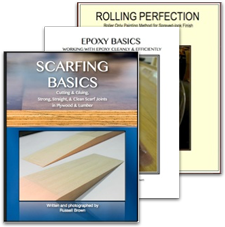I've been helping a friend with a Catalina 38 sort out his wandering bulkhead and chainplate situation. As long as we were at it, the decision to dump the starboard settee in favor of a galley which would better suit their lifestyle and remake the old galley as a dedicated sleeping berth for their youngest daughter...
The thing is, with the older classic plastic, it really is pretty easy to change things around if one feels the need. The hard part is simply making the decision and doing the deed. In this case, the actual labor was less than a couple of days but took more like a week. The hard part was simply sorting out what was really wanted and getting past the having-your-cake-and-eating-it-too syndrome we all fall err to from time to time.
All in all, the new galley works with a big increase in accessible storage which the original C38 layout was sorely lacking in. While maybe a trick of scale, the entire salon now seems quite a bit larger as well...
You might notice the Camp chef stove which is easily the best bang for the buck that you can find with a boat friendly stove at less than $200... One of the new galley tasks was to sort out a gimbal for it which was quite an easy process and the stove balances quite easily with its new gimbal with no added weight needed.























